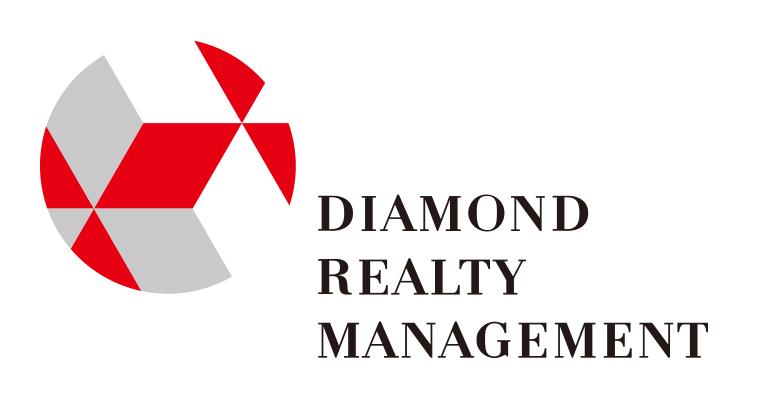
Special Interview
Design a Bridge
to all that’s Different
Graphic Designer
Taku Satoh
Taku Satoh is a Tokyo-based graphic designer who recently worked with Diamond Realty Management Inc. (DREAM) to renew the company’s logo. Terrace sat down with him to get his thoughts on logos and design in general.
Logos Are Living, Breathing Entities
Osawa: We’d like to begin by thanking you for designing DREAM’s new logo. All of the company’s employees love it. After taking part in workshops with them and discussing ideastogether, you proposed a number of designs, all of which were terrific, but can we ask if you had a favorite of your own?
Satoh: If I recommend a design, it makes it tougher for my clients to speak their minds, so I always just watch their reactions and listen to what they have to say about each design. Once I get some hints about which ones they’re leaning towards, I narrow down the choices. But in the end, it’s the clients who decide, so I have to listen carefully to their opinions. The logos aren’t my creations, they’re my clients’. I’m just here to help them through the creative process, and if I had to choose which design was best, I’d choose the one that resonates with them the most.
Osawa: What is your thought process in a case like DREAM’s, where the company already has a logo and you’re proposing new designs to replace it?
Satoh: I was sensitive to the fact that DREAM’s employees would have a certain attachment to the old logo. In a situation like this, it’s very important to ask myself, “What elements of the old design should I keep, and what new elements should I incorporate?” A logo is intellectual property, and if any part of it can be deemed a company asset, then that part has to remain, but if another part needs updating, then I have to get creative. Those are big decisions, and I can’t afford to get them wrong. After interacting with your people, I figured that the best design would be a completely new one that still managed to capture the company’s philosophy.
Noda: DREAM was established 14 years ago, and its businesses have diversified since then. Speaking to you again helped to clarify our company’s ideology, and because this fiscal year has been designated DREAM’s “Second Founding,” we decided that it would be a good time to renew our logo. Corporate symbols can last a lifetime, but they can be just as fleeting. What are your thoughts on logo permanence?
Satoh:
Logos are like architecture, in that their permanence depends on structure and design. Structure is what keeps a building standing, but the design of its walls, doors, windows and other features are what gives it character. Logos are similar, in that as long as their structure is solid, they can last a very long time, but designs change as the years go by. I didn’t think that way in the past, so if I felt that one of my creations was becoming passé, I’d change it completely. But that’s not good branding. If people remember anything, it tends to be structure, and oddly enough, the little details usually escape them.
For that reason, large structures stay the same no matter how much the world around them changes, and if we’re willing to update their designs from time to time, our buildings – and indeed our corporate logos – can stay fresh and relevant without losing their identities. On the other hand, if it isn’t necessary to change the design, then we shouldn’t. Xylitol gum is a good example of a brand that has barely changed over the years, neither in structure nor design. It hasn’t changed because it has never had reason to.
The world is constantly evolving, and like everything else, businesses must adapt and evolve with it; but their branding must have some degree of permanence, something that their customers will always identify with.
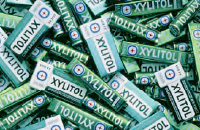
Lotte Xylitol Gum
Lotte introduced its Xylitol brand of chewing gum in 1997.
Sato was involved with this product from its very beginning and designed its packaging, for which he received a 2007 Good Design Award. He received the same award in 2008 for designing the Xylitol Gum Eco Bottle.
Osawa: There was some in-depth analysis of structure and design during your discussions at DREAM too.
Satoh: Yes, there was. Every client has its own characteristics, and because there’s only so much time to learn what those are, it’s important for me to get as much as I can out of our discussions. What kind of work does the company do? What’s its position in the industry? What’s its future vision? By asking questions like those, I start to learn a little bit more about the company, and the more I learn, the more questions I ask. The key is establishing what the true essence of the company is, what makes it special or separates it from the competition. The graphic designer’s job is to create a logo that captures that essence. To me, a logo isn’t just a static image, it’s a living, breathing entity. Apple’s logo didn’t have much power at first, but as the company grew its business and earned more trust, its logo became very powerful and was infused with a spirit of its own. Despite never changing in shape or appearance, it gradually matured into something very special. The same can be said about Mitsubishi’s logo. It’s not just a graphic, it’s a symbol of a rich history that evokes all kinds of emotions in those who see it.
Osawa: And now it’s up to us to ensure that DREAM’s logo matures in the same way. If we want our logo to someday have the same power as Mitsubishi’s, then we’ll have to be just as successful in developing our business.
The Symbolism of DREAM’s New Logo
DREAM’s logo is a unique perspective of a combination of diamonds. While capitalizing on a shape that has become synonymous with the MC Group and counted among its intellectual assets, the variation of the design also symbolizes a wholly innovative approach to business. Representing DREAM, the curvature of the outer circle contrasts the varied collection of straight-edged diamonds within, which themselves represent the diversity of the company’s business. The circle acts almost like a viewfinder, constantly drawing us in towards the focal point, the very essence of the company.
–Taku Satoh
Design Is Never the Focus
Osawa: What does design mean to you?
Satoh: Design is a bridge to all that’s different. It connects us to other people and things, but it is neither the focus nor the purpose. Take a chair for example. Its purpose is to provide me with a place to sit, so there’s no need for me to focus on its design. As long as the design makes a smooth connection between the chair and its surroundings, then it has done its job. When I’m trying to come up with a new design, I’m always looking for just the right connections, not too many and not too few.
Noda: In your opinion, what is the difference between art and design?
Satoh:
I have always respected the sculptor Takenobu Igarashi. He used to be a graphic designer too, and he likes to say, “Art is thought, and design is thoughtfulness.” Art is a means of selfexpression, a way of saying to the world, “This is who I am and where I’m going in life.” Design, on the other hand, is not about the designers, but rather about their environments, clients and societies. In other words, when artists ask themselves what they want to do, designers ask themselves what they ought to do.
When I was young, I used to play Latin music. Unlike rock, which always seems to scream, “Hey, listen to this!” the sole purpose of Latin music is to make the couples who are dancing to it feel good. It is they who are the focus, not the music. My thoughts on design are the same.
I also enjoy surfing. Waves have a natural rhythm that no human has the power to resist or change. When you surf, you don’t fight the flow, you go with it, which is a fitting metaphor for Asian and Japanese ideologies. Design is similar in that it should never be forced. It should come to mind smoothly once we understand our environment and its various ebbs and flows. Good design is comfortable and natural, just like catching the perfect wave.
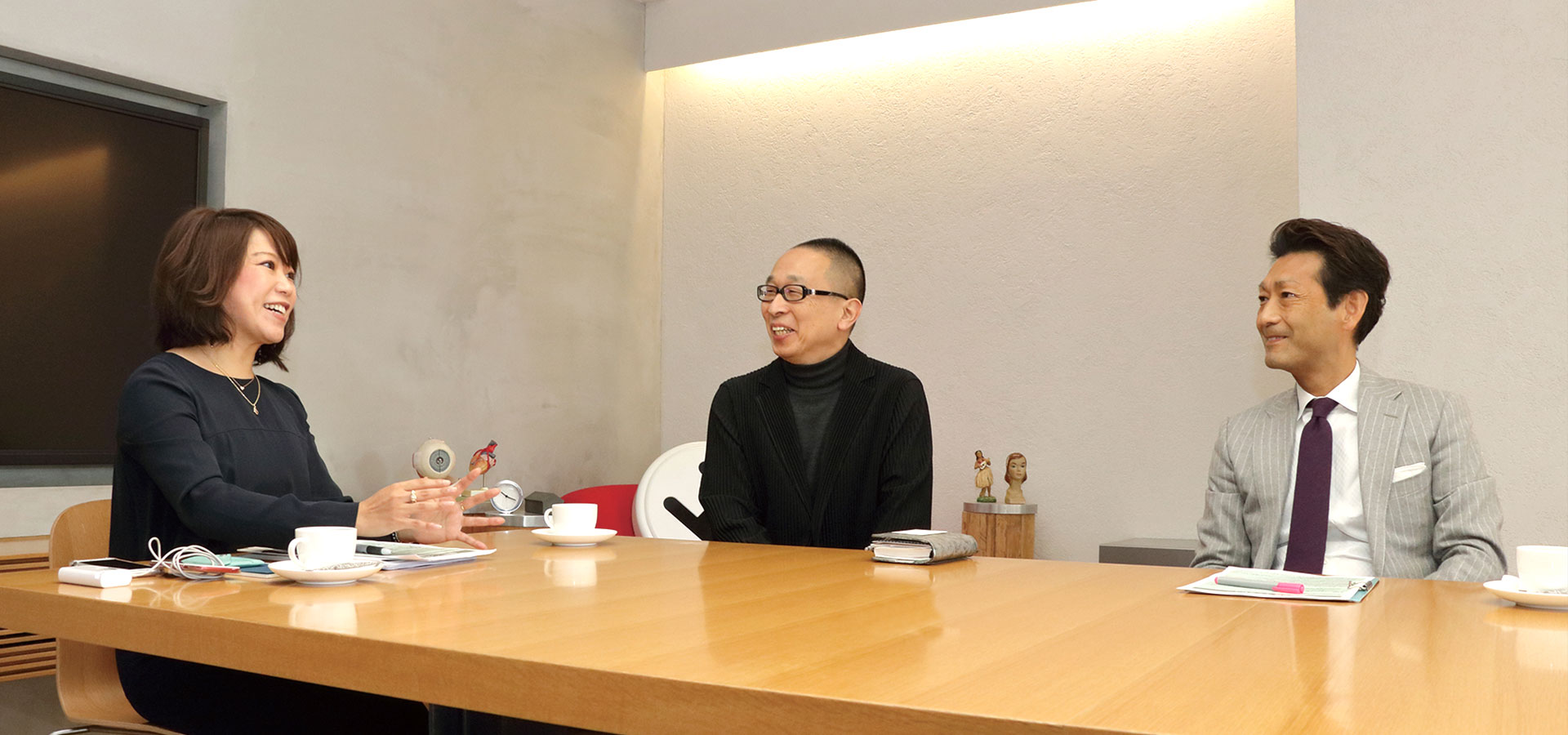
Curiosity the Source of Fascination
Osawa: Nowadays, our operating environment is in a constant state of upheaval. What are your thoughts on the changing times?
Satoh:
The things I see everyday are very ordinary, people riding the trains, walking along the streets, wearing the latest fashions, and eating in the local restaurants. While there’s nothing special about those scenes, I’ve come to realize that they can be incredible sources of inspiration. Even so, I try as much as possible to observe them not through the eyes of a creator, but through the eyes of an everyday, average person. When I look at the world that way, I notice new things and new people.
I’m also a very curious person, almost like a child in that way, observing everything around me and wondering why things are the way they are. That curiosity is embodied by my Dezain no Kaibo (“Design Anatomy”) project, which takes familiar things and completely dissects and analyzes them until we learn something totally new and fascinating about them. When something interests you, do you ever stop and wonder why? The aim of this project is to keep probing away until we find the answers. I’ve done entire exhibits of the most seemingly mundane things, such as water and rice for example.
When I was young, I was only interested in what I liked. If I didn’t like things, I simply rejected them, but one day I decided to look at those things a lot more closely and try to figure out why I didn’t like them. When I discovered the reasons for my distaste, I suddenly found those things a lot more interesting.
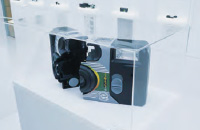
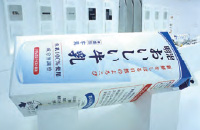
Dezain no Kaibo (Design Anatomy) Project
“A method for seeing the world through familiar objects” This project has been dissecting familiar objects to see how they work and what they’re made of since 2001. It investigates things that are typically not explained to the everyday consumer, including raw materials, manufacturing methods, product control, and distribution. So while you may think you already know everything there is to know about a certain object, a visit to its Dezain no Kaibo exhibit is bound to surprise you!
bottom: Dezain no Kaibo 4: Meiji Dairies Corporation (today Meiji): “Meiji Oishii Gyunyu”
Photo courtesy of Japan Design Committee
Osawa: That’s good food for thought in the business world too. Rarely do we spend much time examining the things we don’t like.
Satoh: I’ve encountered things that I expected to be unpleasant, but after a bit of time, I came to really like them. I think that everyone has experienced that at some point. We tend to get hung up on the things we hate, whereas when it’s something we have neither positive nor negative feelings about, we just go with the flow. There are always reasons for getting hung up though, and my thinking was, “I have to find out what those are.” Now, I can find fascination in just about everything.
Osawa: That’s wonderful. It must take a lot of energy to be interested in so many different things.
Noda: Yes, it’s important to stay curious in life, isn’t it?
Osawa & Noda: Thank you so much for speaking with us today.
